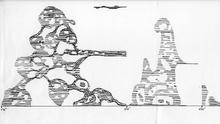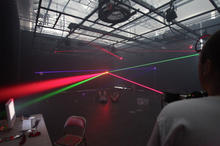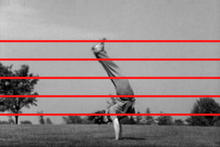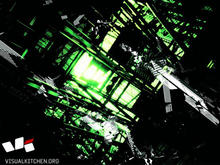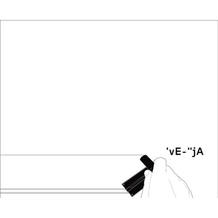Iannis Xenakis
(1922–2001) was a Greek composer, music theorist, and architect-engineer. He is commonly recognized as one of the most important post-war avant-garde composers.
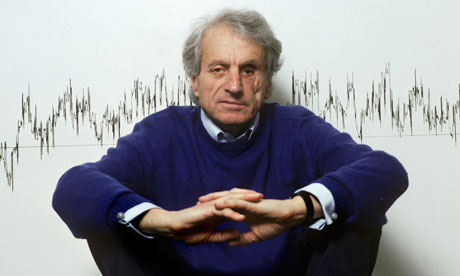
Iannis Xenakis is commonly recognized as one of the most important post-war avant-garde composers. Xenakis pioneered the use of mathematical models in music such as applications of set theory, stochastic processes and game theory and was also an important influence on the development of electronic music. He integrated music with architecture, designing music for pre-existing spaces, and designing spaces to be integrated with specific music compositions and performances.
Among his most important works are Metastaseis (1953–4) for orchestra, which introduced independent parts for every musician of the orchestra; percussion works such as Psappha (1975) and Pléïades (1979); compositions that introduced spatialization by dispersing musicians among the audience, such as Terretektorh (1966); electronic works created using Xenakis's UPIC system; and the massive multimedia performances Xenakis called polytopes. Among the numerous theoretical writings he authored, the book Formalized Music: Thought and Mathematics in Composition (1971) is regarded as one of his most important. As an architect, Xenakis is primarily known for his early work under Le Corbusier: the Sainte Marie de La Tourette, on which the two architects collaborated, and the Philips Pavilion at Expo 58, which Xenakis designed alone.
Source: Wikipedia
UPIC (Unité Polyagogique Informatique de CEMAMu) was conceived by Xenakis (the composer and electronic music pioneer who died in 2001) in collaboration with engineers and computer scientists at CEMAMu, the Centre d’Etudes de Mathématique et Automatique Musicales, also in Paris (and equally fond of confusing acronyms). Very basically, the system is made of a drawing tablet, the size of a large sheet of paper, which allows the user to make a direct sound composition using graphic elements. The tablet has vertical and horizontal axes – the former representing the character of sound produced, the latter controlling duration (represented as a left-to-right timeline). With an electronic pen, the user can ‘draw’ lines onto the board which are then directly translated into sound. The pitch and texture, or timbre, of a given sound is controlled by both the type of mark made – a single line is typically ‘smooth’ sounding, whilst many marks on a given page tend to have a ‘rougher’ quality – and what aspect of a sound the vertical axis is set to control: envelope, waveform, pitch or timbre. The parameters of duration can be controlled – you can set the scale of the horizontal axis to anything from minutes to fractions of a second.
Xenakis originally envisaged the system to have far reaching pedagogical and democratic implications for the role of music in people’s lives. By utilizing simple drawing methods, UPIC would do away with the need for people to have technical knowledge of musical notation and scoring, and allow them to engage directly with the question of what constitutes sound and music. Xenakis, an architect by training (he famously worked as Le Corbusier’s assistant) and fascinated in science and mathematics, was interested in the point at which programmatic systems meet ‘chance’, or ‘stochastic’ variables in the creation of music; he wrote "mathematics gives structures that are too regular and that are inferior to the demands of the ear and the intelligence." "The great idea is to be able to introduce randomness in order to break up the periodicity of mathematical function … the hand stands between randomness and calculation. It is both an instrument of the mind – so close to the head – and an imperfect tool." Every house would have a UPIC machine and access to the means of creating complex new music – "anybody, even myself or you, or children, can draw lines or graphics." However, the first attempts to market the UPIC occurred at the same time as sampling technology emerged and caught people’s imaginations. Only seven machines were ever sold. (...)
A good deal of current electronic music – especially within an art context – is moribund. The age-long desire for some kind of integrated music and art Gesamkunstwerk persists, but invariably most projects fall somewhere nearthe basic levels of Scanner’s drearily workaday samplings or the crassly literal art and Pop relationships flagged up by artists such as Christian Marclay. Electronica seems to signal little more than a fetish-ization of contemporaneity, technology and dance music subculture. (from Seen and Heard by Dan Fox)
Source: Frieze Magazine


